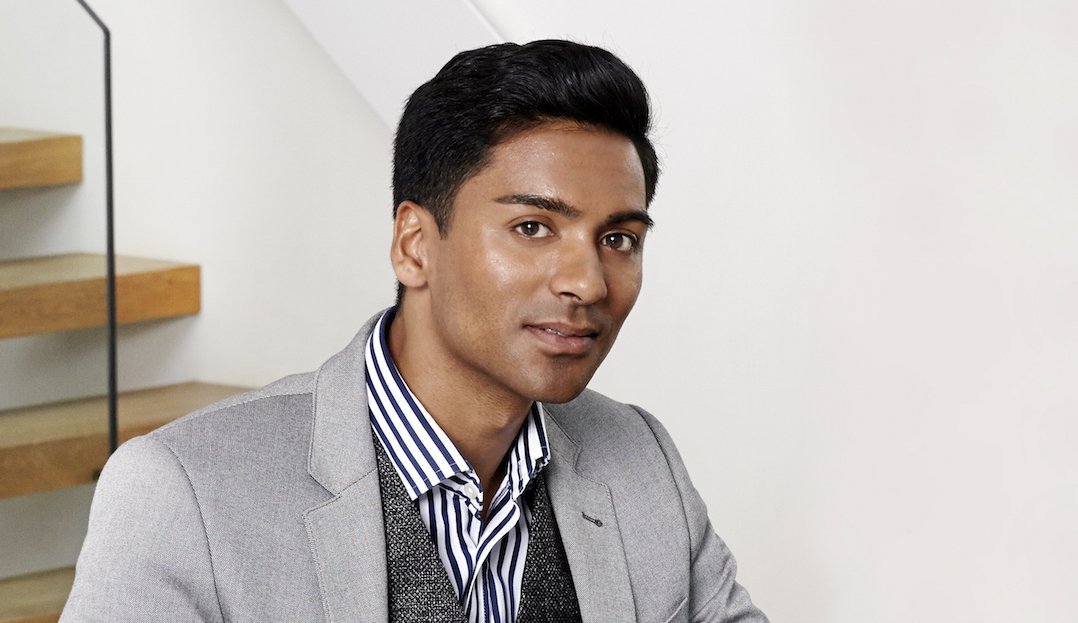Gay relationship psychology, changing attitudes… Are we really that different?

 PROMOTIONAL FEATURELemarc ThomasManaging DirectorSeventy Thirty, Exclusive International Matchmakingwww.seventy-thirty.comWith a background in Psychology, Lemarc (pictured) runs Seventy Thirty, Exclusive Matchmaking Company, with a team of Psychologists coaching and matching those of affluence and influence around the world. In association with Attitude’s Marriage Channel, Lemarc presents a short series of articles from his experience and expertise with Gay Relationships; Changing Attitudes.info@seventy-thirty.com 0207 753 7631
PROMOTIONAL FEATURELemarc ThomasManaging DirectorSeventy Thirty, Exclusive International Matchmakingwww.seventy-thirty.comWith a background in Psychology, Lemarc (pictured) runs Seventy Thirty, Exclusive Matchmaking Company, with a team of Psychologists coaching and matching those of affluence and influence around the world. In association with Attitude’s Marriage Channel, Lemarc presents a short series of articles from his experience and expertise with Gay Relationships; Changing Attitudes.info@seventy-thirty.com 0207 753 7631
When it comes to equality, yes, we expect equal rights, but just how different are same-sex relationships to those of our heterosexual counterparts? Whilst there are clearly some challenges that are unique, gay and lesbian relationships are very much comparable to heterosexual relationships and, as the theme goes, we’re not that different after all.
Dr John Gottman, world renowned for his research on relationships, conducted a 12-year study with his colleagues in Washington, exploring the differences in success or failure with gay, lesbian and heterosexual relationships. They found that, gay or straight, most couples have similar problems and paths to happiness and that overall, the quality of relationships are the same.
In this article, I present some of Dr Gottman’s findings. Although he suggests that same-sex and heterosexual relationships are similar, he also highlights the strengths of same-sex partnerships; the things many gay and lesbian couples do naturally which can create a healthy dynamic. There is often a focus on what we should improve but it’s also good to acknowledge and reinforce what we do right.
One of the big tests for any couple is dealing with conflict. Inevitably conflict will arise. Dealing with it to effectively to reach a resolution moves the relationship forward successfully.
“Straight couples may have a lot to learn from gay and lesbian relationships,” suggests Dr Gottman. Over the 12-year study listening to couples communicate, he observed the following:
- When there was a bone of contention, gay and lesbian couples tended to throw in a bit of humour and affection.
- If a gay or lesbian partner brought an issue to the table, it was often accepted as a negative situation, rather than a personal attack.
- Gay and lesbian couples tended to use less controlling emotional tactics than straight couples. They did not get as hot under the collar or have to assert themselves as strongly.
- When things went south, unhappy gay and lesbian couples tended to show lower levels of physiological arousal. Whereas straight couples tend to show aggravation, their hearts start racing, palms got all sweaty and they got a bit jittery. Suggesting that straight couples are less able to stay calm in the face of conflict.
- Overall, this means that gay and lesbian partners handled conflict in a more positive manner and were better able to reach a mutual resolution.
“The difference in these ‘control’-related emotions suggests that fairness and power-sharing between the partners is more important and more common in gay and lesbian relationships than in straight ones,” suggests Dr Gottman.
To elaborate, this idea of shared power might be key in achieving a healthy relationship. When each partner feels that they are contributing equally to the relationship; that what they bring is valued just as much as what they receive, the couple is more likely to have a healthy power dynamic. This means that each partner feels respected and valued, communication becomes more direct and effective and the couple is able to deal with conflict and stress more easily.
In gay and lesbian relationships, a healthy power balance might be easier to achieve as there are no rules; we do not have set roles, therefore everything is negotiated. There is no societal pressure to say that one partner should be the provider and the other the caregiver, for example. There are no assumptions, which means that the roles in the relationship are agreed depending on the two individuals, which often leads to a better power balance. Who pays the bill? – We are both ‘the man’, let’s split it. Who takes the garbage out? – I did it last week, it’s your turn this week. Who’s going to stay at home when we have a child? …
To create a happy and healthy relationship that is going to last the test of time, a good power balance is crucial. This helps us deal with conflict effectively and move pass each challenge to create a more secure and stable relationship. Gay, straight, lesbian, we are not that different. Our relationships present with very similar difficulties and have very similar quality. Being free from having defined societal rules, result in rather healthy strategies for relationship success. We should acknowledge this and continue to share power and negotiate roles; respect our partners, be solution focused and accept conflict without feeling personally targeted; use humour and affection when resolving our difficulties. All of this leads to a stronger, powerful bond.
